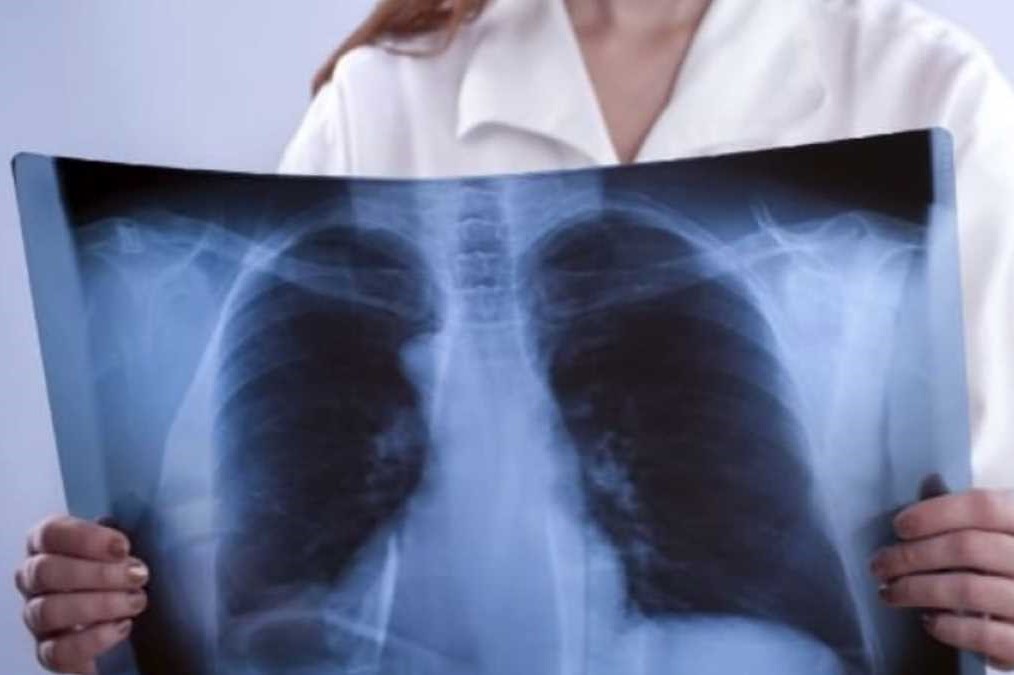
Lung carcinoma: different subtypes defined in small cell lung cancer
Different subtypes defined in small cell lung cancer (SCLC): SCLC is a particularly aggressive cancer that typically occurs in smokers, exhibiting rapid growth and a high propensity for metastasis
Recent studies suggest that SCLC may be differentiated into specific molecular subtypes
However, due to the significant lack of tumour material and the problem of tumour heterogeneity, this information could not be effectively validated in a clinical setting.
This new research project has now examined 386 Central European cases, one of the largest cohorts of surgically treated patients to date.
The results confirmed that differential expression of ASCL1, NEUROD1, and POU2F3 proteins in tumour tissue defines biologically distinct SCLC subtypes that also have different disease outcomes in surgically resected individuals.
SCLC, personalized approach to treatment and follow-up
“In contrast to the increasingly personalized approaches observed in non-small cell lung cancer, SCLC is still considered to be a homogeneous clinical picture and is treated in a standardized way both in hospitals and laboratories,” explains first author Zsolt Megyesfalvi from the Translational Thoracic Oncology Lab at the Medical University of Vienna’s Department of Thoracic Surgery.
“We are now showing that differential expression of key transcriptional regulators clearly distinguishes five major SCLC subtypes.”
The results also show that high ASCL1 protein expression is an independent negative prognostic marker, whereas high POU2F3 protein expression is associated with more favourable survival outcomes.
Differential response to therapies
The researchers also comprehensively profiled protein expression using mass spectrometry-based proteomics in SCLC cell lines to assess the therapeutic relevance of each SCLC subtype.
Study leader Balazs Döme, Head of the Translational Thoracic Oncology programme at the Medical University of Vienna, commented: “We were able to use experiments with tumour cells to show that the levels of subtype-defining markers also influence the response to various targeted and chemotherapeutic agents in vitro.
Notably, high POU2F3 expression, which is associated with better survival, correlated with sensitivity to standard chemotherapeutics.
In contrast, high YAP1 protein expression correlated with poor response to chemotherapy.
In addition, the abundance of subtype-defining proteins was also associated with the efficacy of certain targeted drugs such as CDK, AURK, and IGF-1R inhibitors.”
The study is of great clinical relevance, since it sheds light on the diversity of SCLC and helps to facilitate the implementation of subtype-specific personalized approaches to treatment and follow-up strategies in this disease.
Read Also
Emergency Live Even More…Live: Download The New Free App Of Your Newspaper For IOS And Android
Lung Cancer: Symptoms, Diagnosis And Prevention
Small Cell Lung Cancer (SCLC): A Carcinoma Study From Vienna, Austria
Pancreatic Cancer: What Are The Characteristic Symptoms?
Chemotherapy: What It Is And When It Is Performed
Ovarian Cancer: Symptoms, Causes And Treatment
Breast Carcinoma: The Symptoms Of Breast Cancer
CAR-T: An Innovative Therapy For Lymphomas
What Is CAR-T And How Does CAR-T Work?
Radiotherapy: What It Is Used For And What The Effects Are
Pleuritis, Symptoms And Causes Of Pleural Inflammation
Pneumocystis Carinii Pneumonia: Clinical Picture And Diagnosis
Head And Neck Cancers: An Overview
A Guide To Chronic Obstructive Pulmonary Disease COPD
Surgical Management Of The Failed Airway: A Guide To Precutaneous
Thyroid Cancers: Types, Symptoms, Diagnosis
Pulmonary Emphysema: Causes, Symptoms, Diagnosis, Tests, Treatment
Binding With A ‘Messy’ Protein: How Nickel Becomes The Lung Killer
Atelectasis: Symptoms And Causes Of Collapsed Lung Areas


